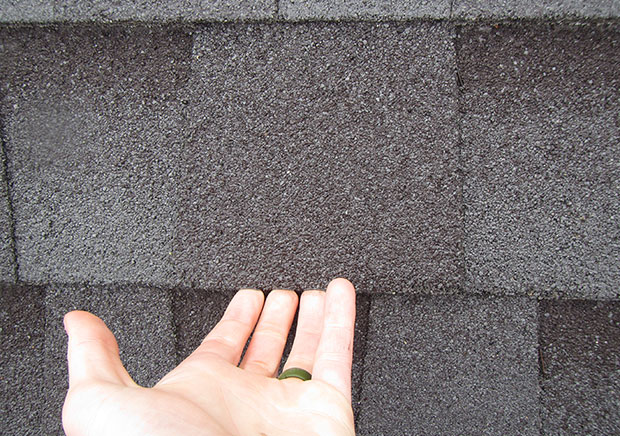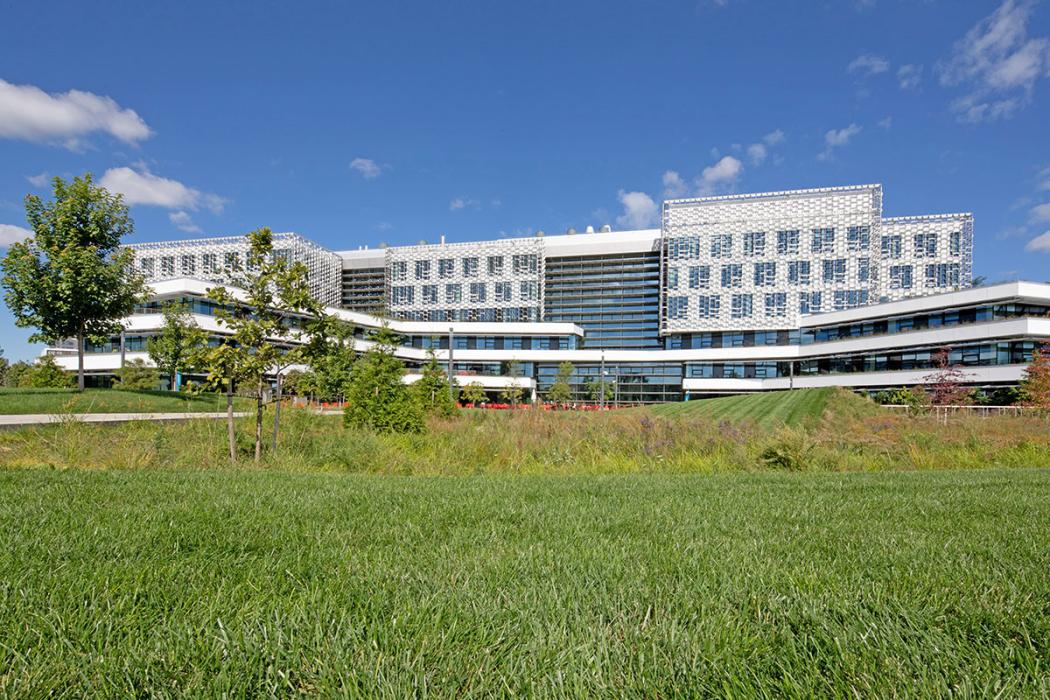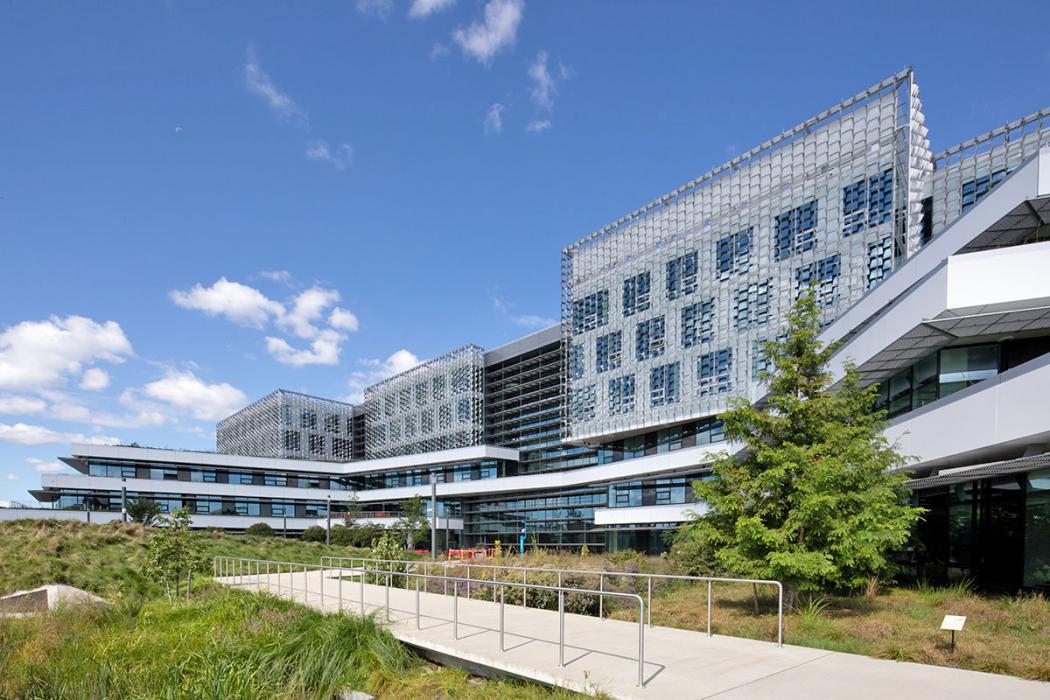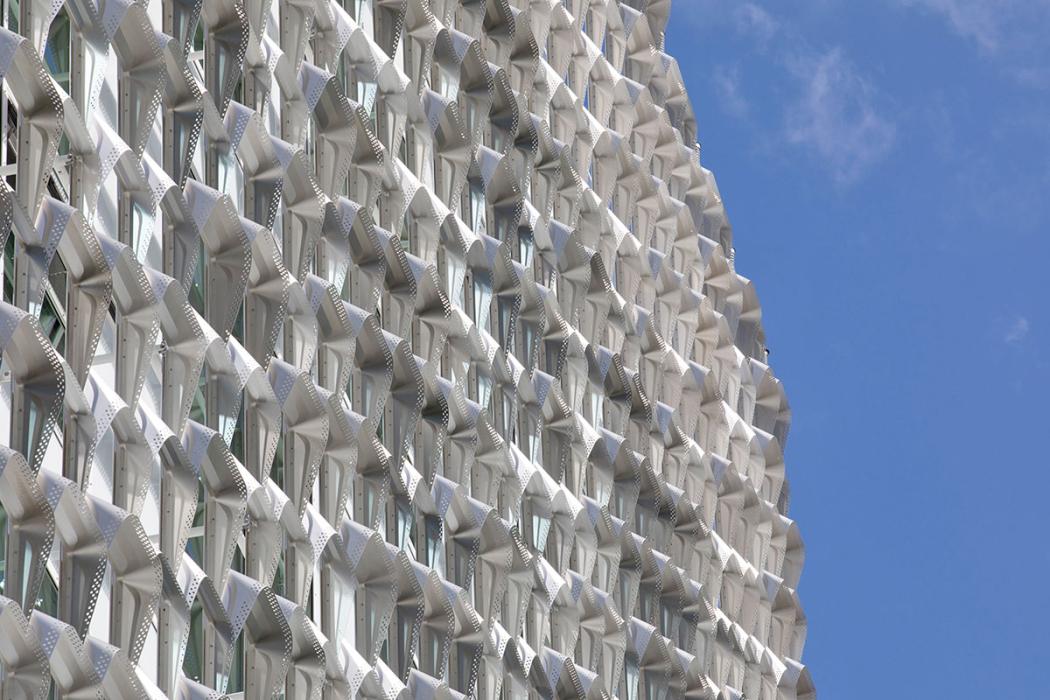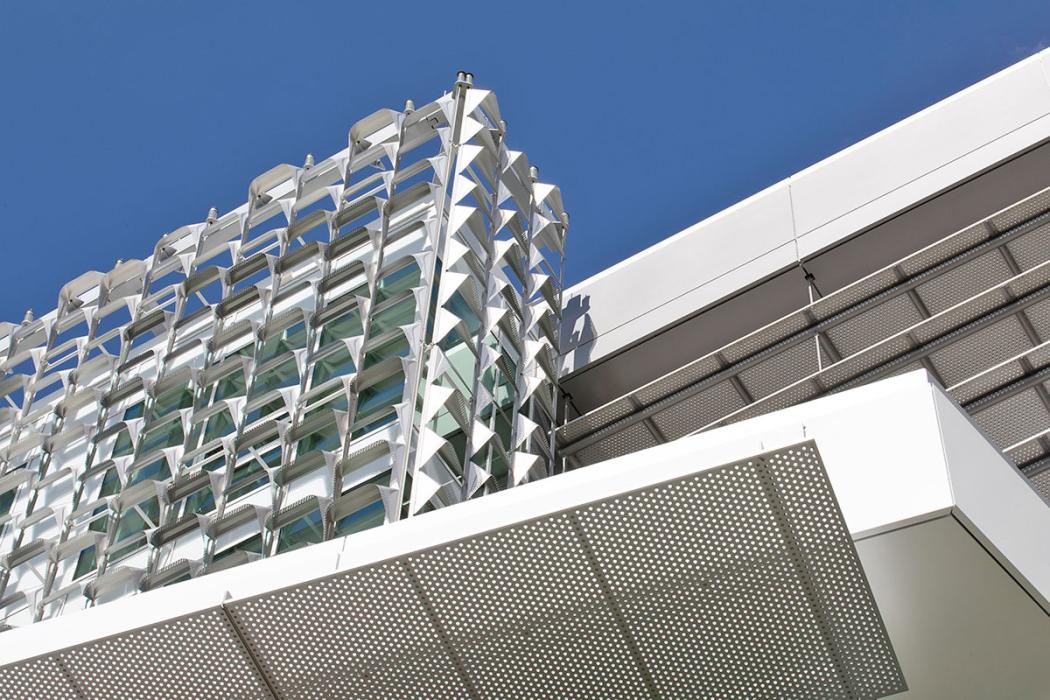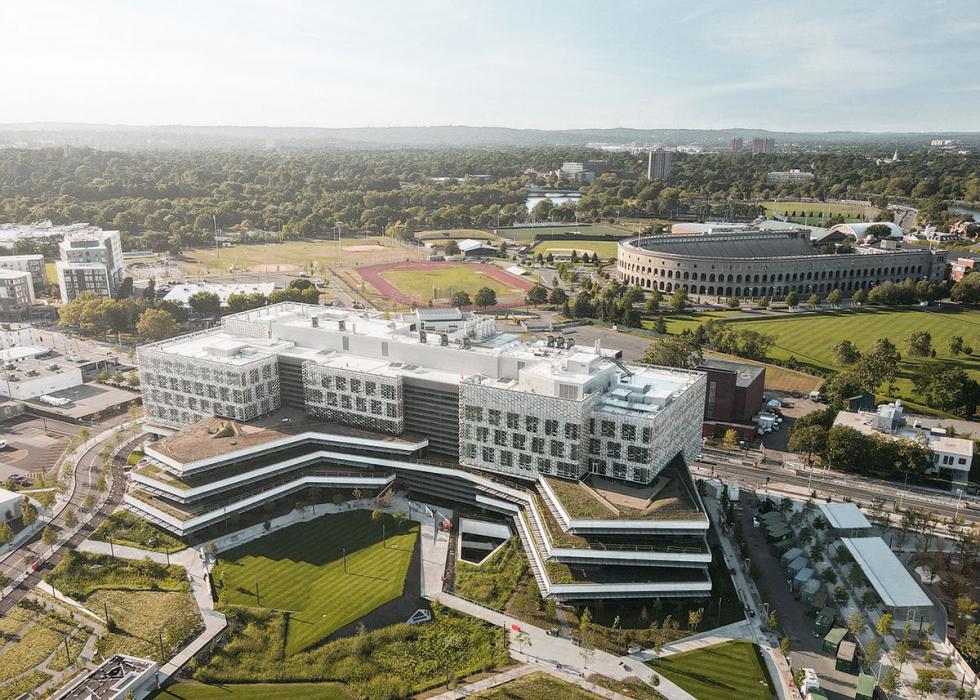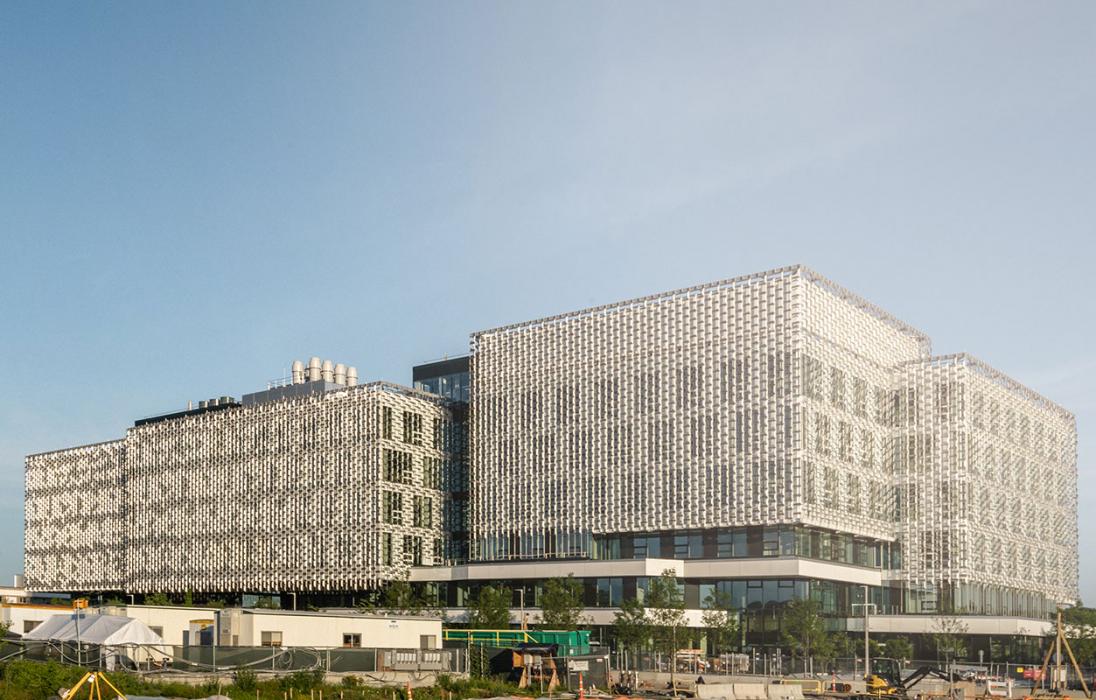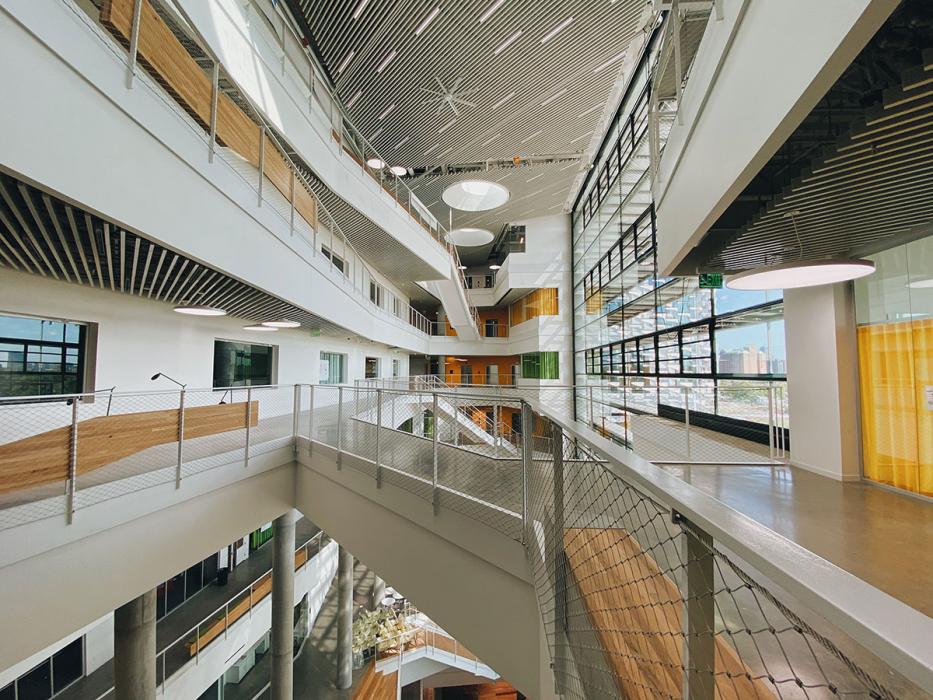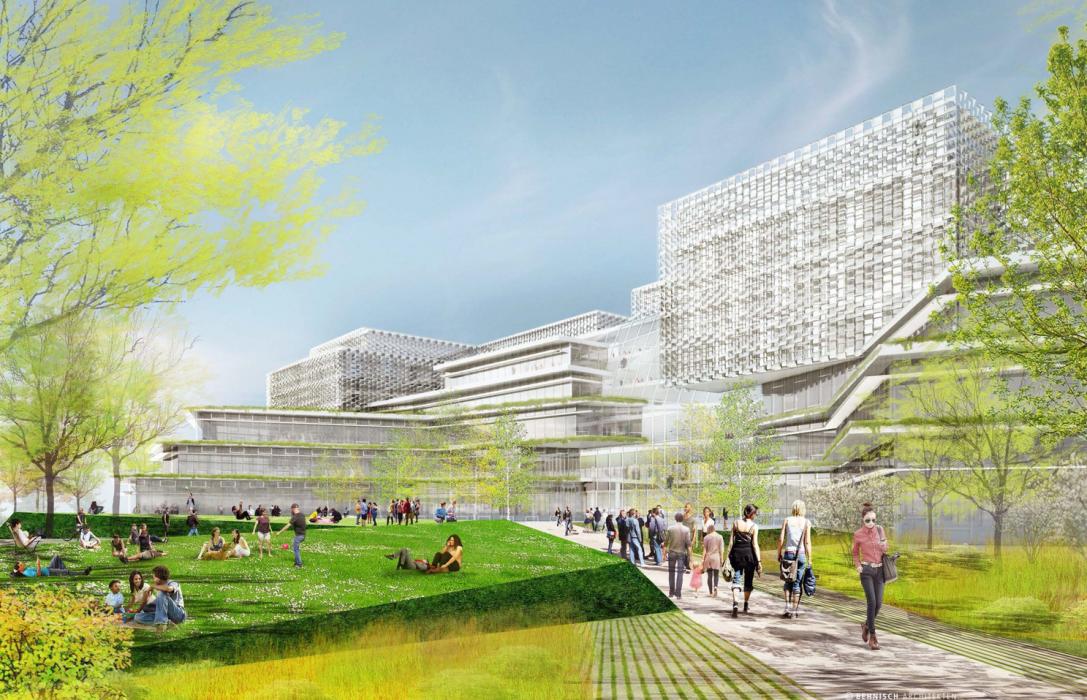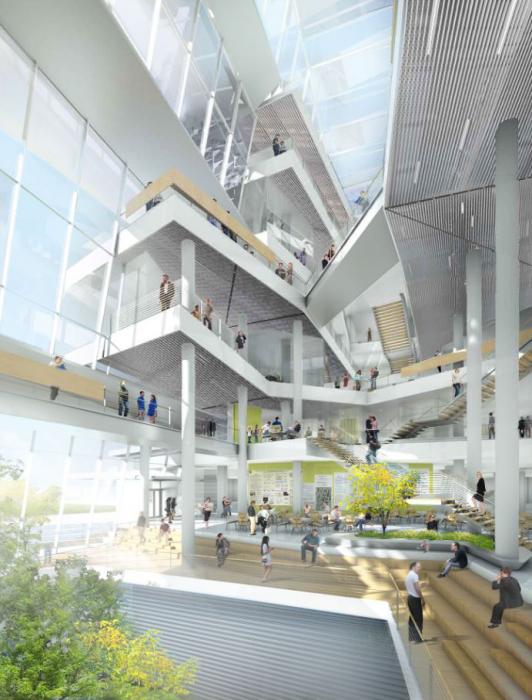
Harvard University, Science & Engineering Complex
The largest building, and the first building with wet labs, in the world to achieve Living Building Challenge (LBC) Materials Petal certification.
Overview
Harvard University’s new Science and Engineering Complex is the largest building, and the first building with wet labs, in the world to achieve Living Building Challenge (LBC) Materials Petal certification. The eight-story, 544,000-square-foot home for the School of Engineering and Applied Science features a range of laboratories, classrooms, offices, a cafeteria and support and collaborative flexible space with a central atrium that winds through the levels of the building to bring natural light and a feeling of openness to its core.
In close collaboration with Behnisch Architekten, Transsolar & VanZelm, we provided sustainability consulting services for the complex, which is recognized as one of the healthiest, most sustainable, and energy-efficient laboratories in the world.
Highlights
- With its innovative architecture, use of advanced technology, healthy Red-List free building materials and connection to Harvard University’s own efficient District Energy Facility, the complex helps Harvard progress in its sustainability plan and achieve its goals to be fossil fuel-neutral by 2026 and fossil fuel-free by 2050.
- We helped the design team optimize energy and sustainable design strategies and create a healthy living building that lowers carbon emissions, reduces operation costs and conserves resources.
- The team analyzed more than 6,000 building materials to identify, source and purchase non-toxic products that reduce the university’s supply chain impact and prioritize occupant health.
- Key sustainable design features include a tight, high performance façade and shading approach that enables highly efficient radiant-based heating and cooling and achieves high levels of daylight autonomy.
- The architectural design supports a complex natural ventilation scheme, woven throughout the building.
- Other features include intelligent programming, highly efficient energy recovery, a cascading lab air system and an interwoven water recovery and reuse system.






